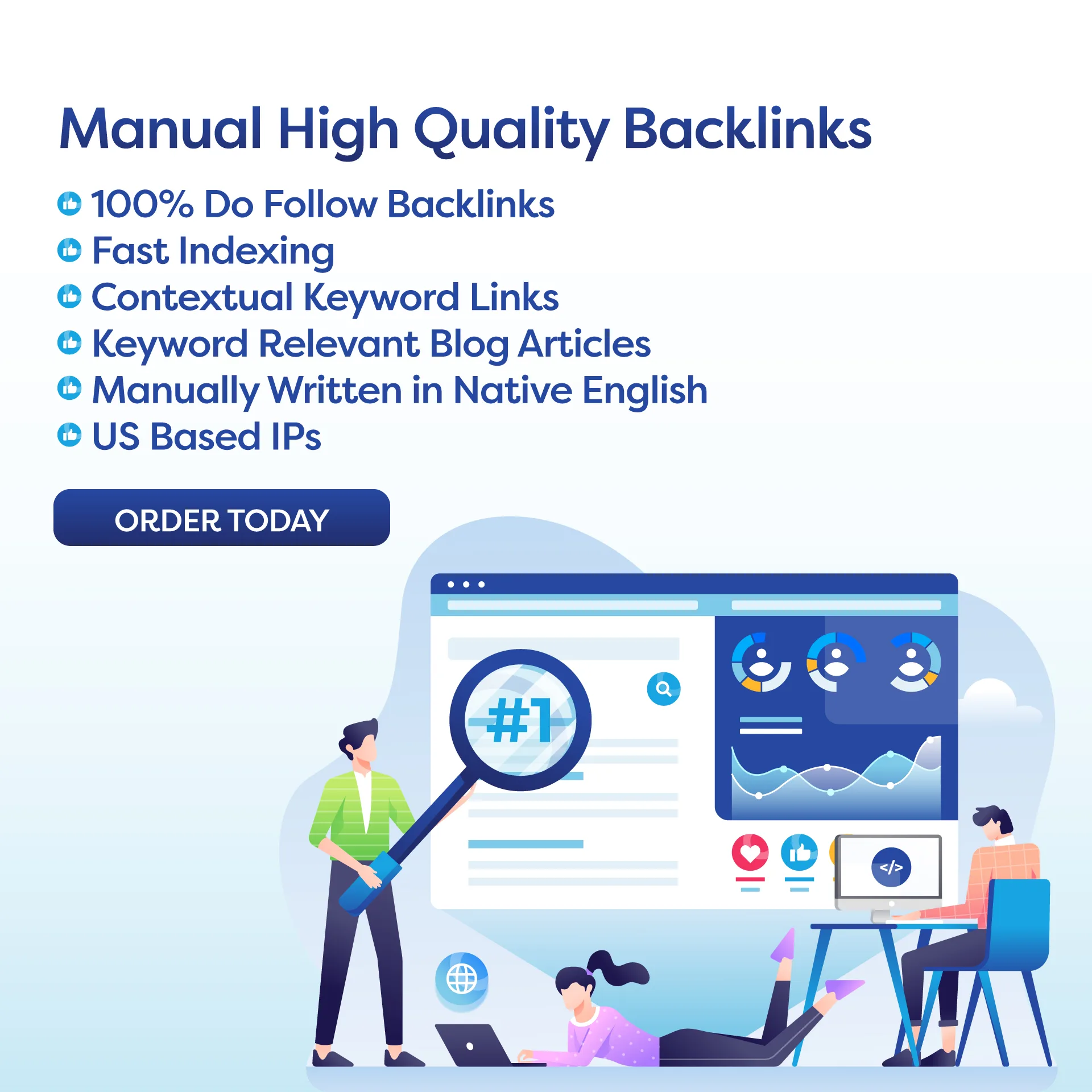Businesses are leveraging Google Shopping in SERP to improve their online visibility and drive sales through targeted advertising, cost-effective marketing, easy set-up, and performance tracking. By focusing on targeted keywords, optimized product listings, setting up Google Merchant Center, monitoring performance, and experimenting with remarketing, businesses can maximize the potential of Google Shopping ads. Tracking performance through conversion tracking and A/B testing, setting budgets, and optimizing product feeds are key strategies for success. Google Shopping in SERP offers a cost-effective pay-per-click model for advertising and allows businesses to reach a wider audience and stand out in a competitive online marketplace.
**Introduction**
With the rise of e-commerce, businesses are constantly looking for ways to improve their online presence and drive traffic to their websites. **Google Shopping in SERP** is one such strategy that has been gaining popularity among online retailers. This article will explore the significance of Google Shopping in SERP and how businesses can leverage this tool to increase their online visibility and drive sales.
Have you ever searched for a product online and noticed a carousel of images and prices at the top of the search results page? Those are Google Shopping ads, and they can be a game-changer for businesses looking to reach a wider audience and increase their sales. So, how can you make the most of Google Shopping in SERP? Let’s dive in.
**Key Takeaways**
1. **Increased Visibility**: Google Shopping in SERP allows businesses to showcase their products at the top of the search results page, giving them increased visibility to potential customers.
2. **Targeted Advertising**: With Google Shopping ads, businesses can target specific keywords and demographics to reach the right audience for their products.
3. **Cost-Effective Marketing**: Google Shopping ads can be a cost-effective way to drive traffic to your website and increase sales.
4. **Easy Set-Up**: Setting up Google Shopping ads is relatively easy, especially with the help of Google Merchant Center.
5. **Performance Tracking**: Businesses can track the performance of their Google Shopping ads and make adjustments to their campaigns to optimize results.
**Increased Visibility**
**Targeted Keywords**: When it comes to Google Shopping in SERP, targeted keywords are key to increasing visibility. By using relevant keywords in your product listings and ad campaigns, you can ensure that your products show up in search results when potential customers are looking for them. Make sure to include specific details about your products, such as model numbers, sizes, and colors, to help your ads show up for relevant searches.
**Optimized Product Titles and Descriptions**: Another important factor in increasing visibility with Google Shopping ads is having optimized product titles and descriptions. Make sure to use keywords that customers are likely to search for, and provide clear and concise descriptions of your products. Including high-quality images and videos can also help attract the attention of potential customers and increase click-through rates.
**Targeted Advertising**
**Demographic Targeting**: With Google Shopping ads, businesses have the ability to target specific demographics to ensure that their ads are seen by the right audience. By using demographic targeting options such as age, gender, and location, businesses can reach potential customers who are most likely to be interested in their products. This can help increase click-through rates and lead to higher conversion rates.
**Remarketing**: Another powerful feature of Google Shopping ads is the ability to use remarketing to reach customers who have previously visited your website or interacted with your products. By targeting these customers with personalized ads based on their browsing history, businesses can increase brand awareness and drive repeat business. This can be especially effective for businesses that sell products with longer purchase cycles, such as electronics or furniture.
**Cost-Effective Marketing**
**Pay-Per-Click Pricing**: One of the advantages of Google Shopping ads is that businesses only pay when a potential customer clicks on their ad. This pay-per-click pricing model can be cost-effective compared to traditional advertising methods, where businesses pay for impressions regardless of whether they lead to conversions. By monitoring the performance of their ads and optimizing their campaigns, businesses can maximize their return on investment and drive sales.
**Ad Budget Control**: Google Shopping ads also offer businesses control over their ad budgets, allowing them to set daily or monthly limits to ensure they don’t overspend on advertising. By setting a budget that aligns with their marketing goals and objectives, businesses can effectively manage their advertising costs and track the performance of their campaigns to make adjustments as needed.
**Easy Set-Up**
**Google Merchant Center**: Setting up Google Shopping ads is made easy with the help of Google Merchant Center, a tool that allows businesses to create, manage, and optimize their product listings for Google Shopping. By linking their Merchant Center account to their Google Ads account, businesses can seamlessly set up their product feed, create shopping campaigns, and monitor the performance of their ads in one centralized location.
**Product Feed Optimization**: To ensure the success of their Google Shopping ads, businesses should focus on optimizing their product feed within Google Merchant Center. This includes providing accurate and up-to-date information about their products, such as prices, availability, and shipping details. By regularly updating their product feed and ensuring that it meets Google’s requirements, businesses can improve the visibility and performance of their ads in search results.
**Performance Tracking**
**Conversion Tracking**: Tracking the performance of Google Shopping ads is essential for businesses to measure the success of their campaigns and make data-driven decisions to optimize results. By setting up conversion tracking within Google Ads, businesses can track key metrics such as clicks, impressions, and conversions to understand how their ads are performing and where they can make improvements.
**A/B Testing**: Another effective strategy for optimizing Google Shopping ads is A/B testing, where businesses make small changes to their ads or landing pages to see which variations lead to better results. By testing different headlines, images, or calls-to-action, businesses can identify what resonates with their target audience and make adjustments to their campaigns to improve performance over time.
**Action Plan**
1. **Identify Target Keywords**: Conduct keyword research to identify relevant keywords that potential customers are searching for.
2. **Optimize Product Listings**: Create optimized product titles and descriptions that include targeted keywords and provide clear details about your products.
3. **Set Up Google Merchant Center**: Create a Merchant Center account and link it to your Google Ads account to start setting up your product feed and campaigns.
4. **Monitor Performance**: Track the performance of your Google Shopping ads regularly and make adjustments to optimize results.
5. **Experiment with Remarketing**: Try using remarketing to target customers who have previously engaged with your products to drive repeat business.
**Conclusion**
In conclusion, Google Shopping in SERP is a powerful tool that businesses can use to increase their online visibility, drive traffic to their websites, and increase sales. By focusing on targeted advertising, cost-effective marketing, easy set-up, and performance tracking, businesses can maximize the potential of Google Shopping ads to reach their marketing goals and objectives. With the right strategies and a data-driven approach, businesses can leverage Google Shopping in SERP to stand out in a competitive online marketplace and grow their customer base.
**FAQ**
**Q: How can I track the performance of my Google Shopping ads?**
**A:** Businesses can track the performance of their Google Shopping ads by setting up conversion tracking within Google Ads. This allows them to monitor key metrics such as clicks, impressions, and conversions to understand how their ads are performing and make adjustments to optimize results.
**Q: What is the cost of advertising with Google Shopping in SERP?**
**A:** With Google Shopping ads, businesses only pay when a potential customer clicks on their ad, using a pay-per-click pricing model. This can be cost-effective compared to traditional advertising methods where businesses pay for impressions regardless of whether they lead to conversions. Businesses can set daily or monthly budget limits to control their advertising costs and maximize their return on investment.
**Q: How can I optimize my product feed for Google Shopping ads?**
**A:** To optimize their product feed for Google Shopping ads, businesses should provide accurate and up-to-date information about their products in Google Merchant Center, such as prices, availability, and shipping details. Regularly updating their product feed and ensuring that it meets Google’s requirements can improve the visibility and performance of their ads in search results.

